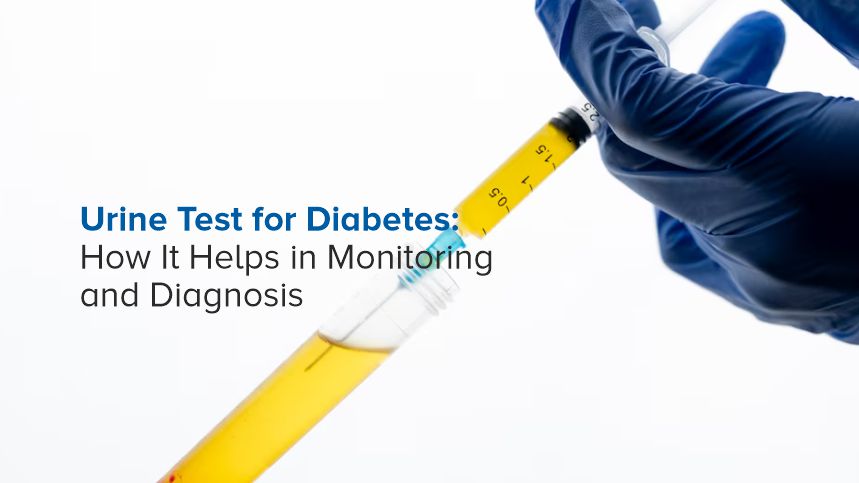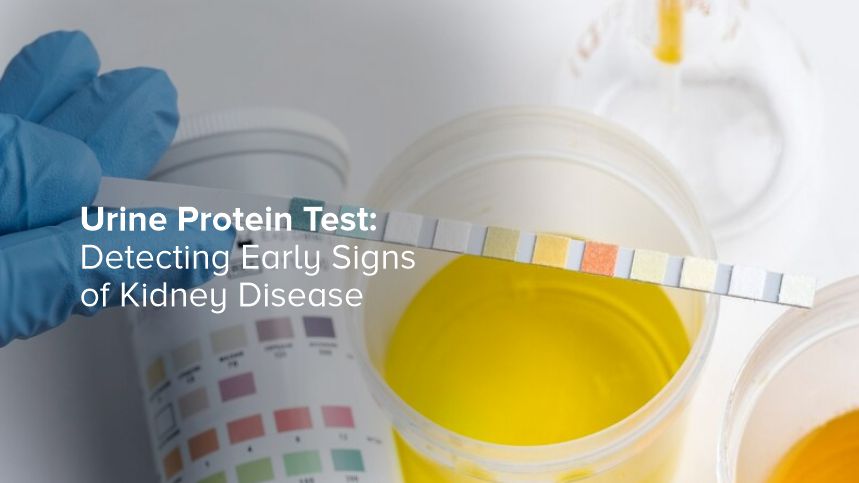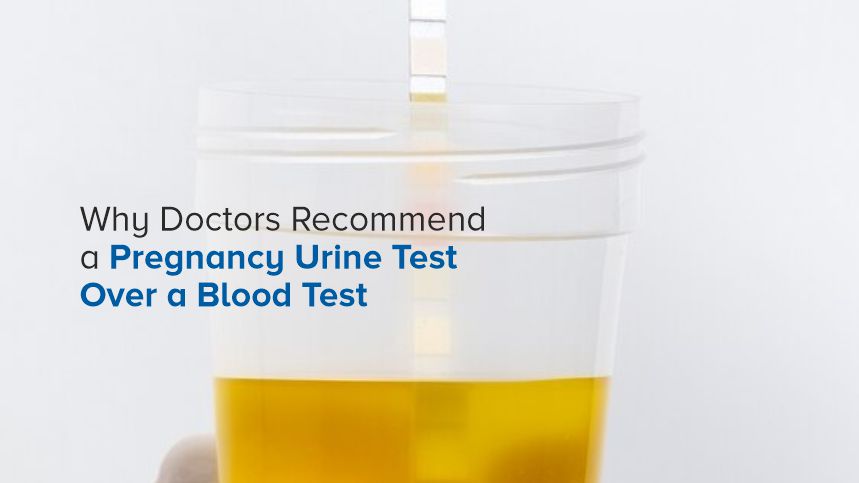


Condition
- Diabetes
- Diabetes
- Diabetes
- Diabetes
- Diabetes
- Top tests
- Allergy
- Top tests
- Top tests
- Top tests
- Top tests
- Diabetes
- Top tests
- Diabetes
- Top tests
- Top tests
- Top tests
- Liver Disease
- Diabetes
- Top tests
- Vitamin Deficiency
- Top tests
- Top tests
- Liver Disease
- Top tests
- Top tests
- Top tests
- Anemia
- Anemia
- Anemia
- Diabetes
- Diabetes
- Anemia
- Top tests
- Top tests
- Top tests
- Preventive Health Checkup
- Thyroid Disorder
- Heart Disease & Hypertension
- Top tests
- Preventive Health Checkup
- Diabetes
- Heart Disease & Hypertension
- Top tests
- Fever
- Allergy
- Liver Disease
- Lifestyle Packages
- Heart Disease & Hypertension
- Top tests
- Arthritis
- Top tests
- Top tests
- Heart Disease & Hypertension
- Kidney Disease
- Preventive Health Checkup
- Allergy
- Top tests
- Lifestyle Packages
- Top tests
- Kidney Disease
- Top tests
- Lifestyle Packages
- Top tests
- Preventive Health Checkup
- Preventive Health Checkup
- Top tests
- Top tests
- Vitamin Deficiency
- Allergy
- Diabetes
- Top tests
- Top tests
- Top tests
- Top tests
- Heart Disease & Hypertension
- Allergy
- Top tests
- Preventive Health Checkup
- Top tests
- Top tests
- Infertility
- Top tests
- Lifestyle Packages
- Allergy
- Diabetes
- Heart Disease & Hypertension
- Lifestyle Packages
- Preventive Health Checkup
- Preventive Health Checkup
- Top tests
- Preventive Health Checkup
- Top tests
- Diabetes
- Top tests
- Infertility
- Top tests
- Thyroid Disorder
- Top tests
- Allergy
- Preventive Health Checkup
- Vitamin Deficiency
- Top tests
- Top tests
- Infertility
- Lifestyle Packages
- Diabetes
- Liver Disease
- Kidney Disease
- Vitamin Deficiency
- Top tests
- Heart Disease & Hypertension
- Heart Disease & Hypertension
- Top tests
- Heart Disease & Hypertension
- Heart Disease & Hypertension
- Heart Disease & Hypertension
- Infertility
- Heart Disease & Hypertension
- Vitamin Deficiency
- Vitamin Deficiency
- Arthritis
- Arthritis
- Top tests
- Top tests
- Lifestyle Packages
- Preventive Health Checkup
- Lifestyle Packages
- Preventive Health Checkup
- Vitamin Deficiency
- Top tests
- Lifestyle Packages
- Lifestyle Packages
- Preventive Health Checkup
- Top tests
- Preventive Health Checkup
- Top tests
- Heart Disease & Hypertension
- Infertility
- Top tests
- Top tests
- Preventive Health Checkup
- Lifestyle Packages
- Top tests
- PCOD
- Preventive Health Checkup
- Lifestyle Packages
- Preventive Health Checkup
- Top tests
- Fever
- PCOD
- Kidney Disease
- Top tests
- Top tests
- Preventive Health Checkup
- Preventive Health Checkup
- Liver Disease
- Thyroid Disorder
- Top tests
- Heart Disease & Hypertension
- PCOD
- Top tests
- Arthritis
- Preventive Health Checkup
- Kidney Disease
- Lifestyle Packages
- Top tests
- Allergy
- Top tests
- Top tests
- Diabetes
- Thyroid Disorder
- Preventive Health Checkup
- Top tests
- Lifestyle Packages
- Preventive Health Checkup
- Top tests
- Kidney Disease
- Liver Disease
- Infertility
- Top tests
- Anemia
- Top tests
- Top tests
- Top tests
- Preventive Health Checkup
- Bone Health
- Cancer
- Fatty Liver

Tests
When it comes to understanding hepatitis B, one of the key terms you’ll often encounter is HBsAg, or Hepatitis B Surface Antigen. But what exactly does it mean? What role does it play in diagnosing and managing hepatitis B infections? Whether you’re a patient, a caregiver, or simply looking for reliable health information, this blog will break down everything you need to know about HBsAg, including its significance in testing, what its presence indicates, and the role it plays in public health.
By the end of this blog, you'll not only understand what HBsAg is but also gain insights on how it is detected and managed. Early detection of hepatitis B starts with awareness, and understanding terms like HBsAg is a critical first step.
What is HBsAg?
HBsAg, or Hepatitis B Surface Antigen, is a protein found on the surface of the hepatitis B virus (HBV). It is one of the earliest markers of a hepatitis B infection and plays an essential role in the body’s immune response to the virus.
HBsAg is significant because its presence in the bloodstream indicates that an individual is infected with HBV, either as part of an acute infection (short-term) or a chronic infection (long-term). This antigen is used by healthcare providers and diagnostic labs to detect hepatitis B, monitor its course, and determine whether a person is contagious to others.
Understanding the Surface Antigen
The hepatitis B virus is composed of an outer envelope and an inner core. The surface antigen (HBsAg) refers specifically to the part of the virus that forms its outer coat. It is this outer protein that the immune system recognizes and attempts to target with antibodies. Interestingly, this same surface antigen is used in hepatitis B vaccines to help the immune system build immunity against the virus.
How is HBsAg Related to Hepatitis B?
Hepatitis B is a liver infection caused by the hepatitis B virus. It has a global presence, with millions of chronic cases reported worldwide. Here's what you need to know about the relationship between HBsAg and hepatitis B:
- Indicator of Infection
When HBsAg is detected in the blood, it indicates an active HBV infection. This could mean a recent infection (acute) or a persistent infection (chronic).
- Window Into the Disease’s Status
Healthcare providers look at the presence (or absence) of HBsAg over time to determine the state of the infection. For instance, prolonged presence of HBsAg (typically more than six months) suggests chronic hepatitis B.
- Contagiousness
Someone who tests positive for HBsAg is generally considered contagious and can transmit the virus to others through blood or bodily fluids.
Why is HBsAg Testing Important?
Testing for HBsAg is the foundation for diagnosing and managing hepatitis B. Here are some reasons why its detection matters:
1. Early Diagnosis of Hepatitis B
HBsAg typically appears in the blood within 1-10 weeks after exposure to the virus, even before symptoms surface. Early detection allows for timely medical intervention that can prevent complications like liver damage or liver cancer.
2. Identifying Chronic Carriers
Individuals who continue to test positive for HBsAg after six months are classified as chronic carriers. Chronic carriers may not have symptoms but can still transmit the virus. Understanding carrier status is important for minimizing transmission risks.
3. Monitoring and Disease Tracking
HBsAg testing is often done alongside other biomarkers (e.g., Anti-HBs and HBeAg) to understand the infection's progression and decide on appropriate treatment options.
4. Public Health Surveillance
From a public health perspective, identifying individuals who are HBsAg-positive helps target vaccination campaigns, education programs, and prevention strategies, all of which aim to limit the spread of HBV.
What Does a Positive HBsAg Test Mean?
Here’s a quick breakdown of possible scenarios if someone tests positive for HBsAg:
1. Acute Infection
This signals a recent exposure to the virus. Acute infections may resolve on their own as the immune system fights off the virus, producing antibodies against it.
2. Chronic Infection
If HBsAg remains present for more than six months, the infection is considered chronic. Chronic hepatitis B can lead to long-term liver problems, such as cirrhosis or liver cancer, if left untreated.
3. Carrier Status
Some people who are chronically infected may not show symptoms but can still pass the virus to others. These individuals are referred to as "carriers."
If you or a loved one tests positive for HBsAg, your healthcare provider will likely recommend additional testing to determine the stage and extent of the infection. These may include liver function tests and imaging studies.
How is HBsAg Detected?
Detecting HBsAg is a straightforward process. The test is usually a simple blood test performed in a laboratory setting.
The Procedure
- A small sample of your blood is collected.
- The blood sample is tested for the presence of HBsAg using specific diagnostic tools, such as enzyme-linked immunosorbent assays (ELISA).
Results Interpretation
- Negative Result
No HBsAg was detected in your blood, indicating that you do not currently have a hepatitis B infection.
- Positive Result
This indicates the presence of HBsAg in your blood and an active hepatitis B infection that requires medical attention.
Managing Hepatitis B and Moving Forward
If you test positive for HBsAg, don’t panic—there are effective tools and treatments to manage hepatitis B. These include:
- Antiviral Medications
Antiviral drugs, such as entecavir or tenofovir, can suppress the virus and prevent liver damage.
- Regular Monitoring
Routine check-ups and blood tests help track the infection's status and prevent complications.
- Healthy Lifestyle Choices
Prioritize liver health by avoiding alcohol, maintaining a balanced diet, and consulting your healthcare provider about medications that might affect the liver.
Be sure to also get vaccinated against hepatitis A, as co-infection can worsen the disease's impact.
Fighting Hepatitis B Through Prevention
While managing hepatitis B is possible, prevention is always better than cure. The hepatitis B vaccine is the primary tool for preventing HBV infections. It’s safe, effective, and widely available. Vaccination is recommended for all infants at birth, as well as high-risk groups such as healthcare workers and people with chronic liver disease.
Additionally, public health efforts like routine HBsAg screening during pregnancy have greatly reduced vertical transmission (mother-to-baby) of hepatitis B.
Conclusion
Understanding HBsAg and its link to hepatitis B is critical for early detection, effective management, and prevention of serious complications. Whether you’re curious about your own health or navigating a loved one's diagnosis, awareness is the foundation for informed decision-making.
WANT TO BOOK HEALTH CHECKUP ?
Recent Blogs
Urine Test for Diabetes: How It Helps in Monitoring and Diagnosis
Diabetes, a chronic condition affecting millions globally, requires diligent monitoring...
27-03-2025
Urine Protein Test: Detecting Early Signs of Kidney Disease
Kidney disease often develops in silence, with few or no symptoms in the early stages. By...
27-03-2025
Why Doctors Recommend a Pregnancy Urine Test Over a Blood Test
When the possibility of pregnancy arises, confirming it accurately and as early as possible...
27-03-2025







